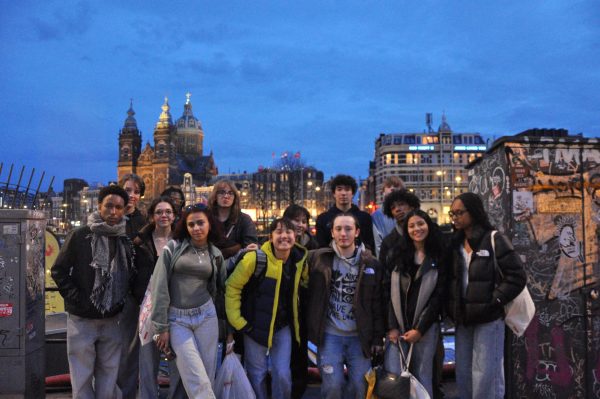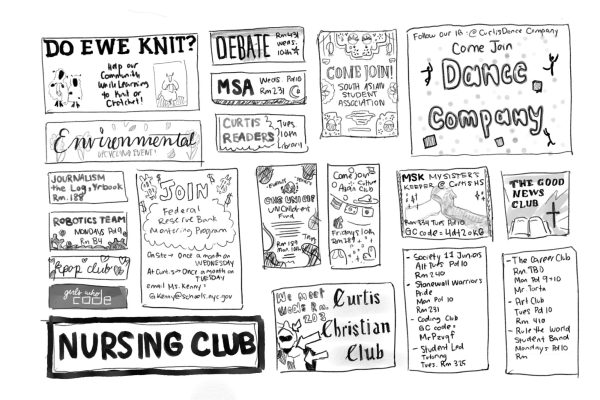Gender fluidity in fashion

For centuries in the Western World, there has been a universal understanding of how fashion is defined for men and women. Within the past several decades, the gender dichotomy in fashion has become less strict, exemplified by public figures such as David Bowie, a musician and fashion icon. Bowie was popular in the late 70’s and expressed his eccentric sense of style through the clothes he wore during performances and public appearances, pieces ranging from kimonos to suits. His style could never be categorized, making him one of the pioneers of gender fluidity in fashion during the latter half of the 20th century. His contemporaries in this style of fashion included Freddie Mercury, Elton John, Iggy Pop, and Ozzy Osborne.
Students at Curtis similarly have all sorts of unique ways of expressing themselves, from the clothes they wear to the music they listen to. We spoke with several Curtis community members on the topic of gender fluidity in fashion and their takes on what has become an element of identity for many. Sharline Toribio, a senior, said, “I shop in the men’s department and I embrace the style that I want and like. To me, gender fluidity means freedom and I don’t want to conform to the social norms that were placed on me. If I like what I like, then it shouldn’t matter if they were men’s or women’s clothing.” Mr. Lopez, a Spanish teacher, defines gender fluidity as a feeling and said he had a friend who presented himself as gender fluid. He felt that nothing in their relationship changed after finding out about his friend being gender fluid.
Ms. Pizzano, an English teacher, commented that gender fluidity can be defined as not being always one way. She felt that David Bowie challenged the notion of gender and that gender fluidity was only accepted for artists in the ’80s.




